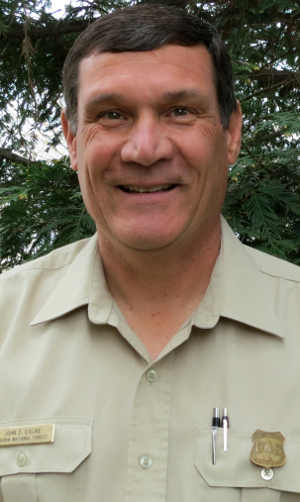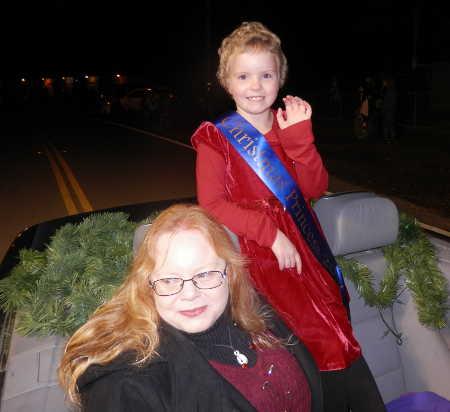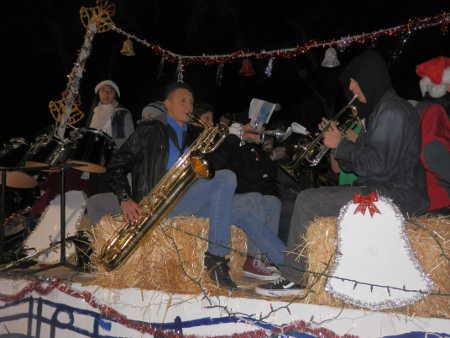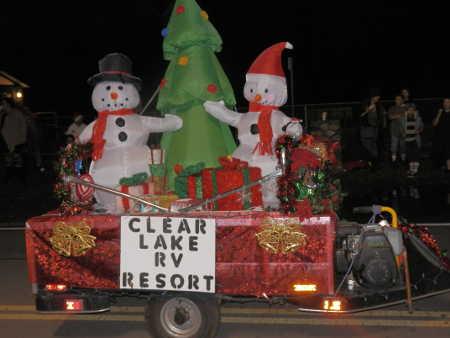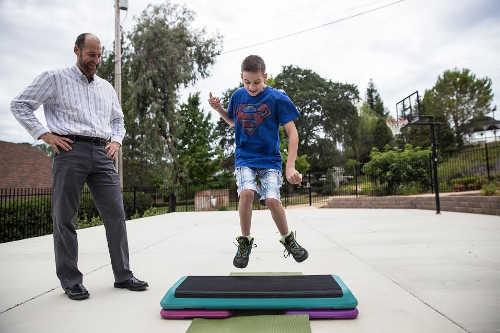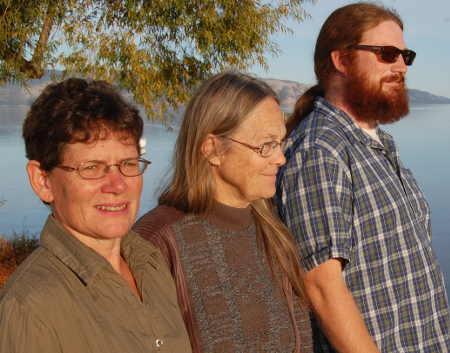
LAKE COUNTY, Calif. – When compared to the Great Lakes, Clear Lake is but a pond on the North American continent.
Gitche Gumee – “Big Water,” otherwise known as Lake Erie – and her sister lakes Huron, Michigan, Ontario and Superior, contain more than 94,250 square miles of water. Clear Lake’s water area is just under 70 square miles.
But if you believe that Clear Lake is one of the oldest lakes on the continent at 2.5 million years, you will approve of the idea that it is far more than a ripple and, by rote of aquatic history, deserves further study.
That’s where Will Evans, Carolyn Ruttan and Landa Roon – directors of the Clear Lake Environmental Research Center, or CLERC – come in.
CLERC is a nonprofit organization formed to study the ecosystem, biology, chemistry and geology of the state’s largest freshwater lake.
“About a year go as a planner for the county I was involved in trying to sell Holiday Harbor as a redevelopment project to build a hotel,” said Evans. “Then I started thinking what other ways could you market that property because the way the economy is, a hotel might not do very well.
“I thought, 'What if we built a big research center.’ … something that would bring the scientists in.
“That’s kind of the way the whole project came about ... What could you build on the shores of Clear Lake that would be near the water and be a big research center with people coming in from Berkeley, Davis and other universities?”
It would be:
– A facility where scientists from all over the globe would come to study Clear Lake and the area surrounding it;
– A place where scientists can have an overnight stay on the shores of the lake;
– A harbor-type facility to simplify getting on and off the lake; and
– A place with comprehensive public education programs for adults and families, as well as for school groups.
“It’s going to be all-inclusive. It‘s a grand vision of building a center and then leasing all out to all the researchers,” said Ruttan, who speaks with a delightful British lilt. “We want to bring science to the shores of the lake. We are opening our doors to every segment of the community that makes up Lake County.
“What we’re all about,” she added, “is improving the health of the county. The health of the lake being the biggest feature in Lake County could be inextricably linked to the health of the rest of the county. If the lake’s doing well, we’re all doing well.”
But right now, Ruttan quickly interjected, “Our lake is a severely impaired water body and we need scientists here to solve the problems so that people can go and catch a fish, eat it and have no problems.”
The greatest concern in the lake is cyanobacteria, better known as blue-green algae.
It is one of oldest single-cell organisms on Earth. It is also one of the most controversial organisms on the planet because, while being a health hazard – Ruttan called it “the biggest fouler of the Earth today” – it is also an important link to the development of biofuel.
“We’re looking for educational university research-type people who want to study to develop products, fuels and pharmaceuticals,” said Evans. “There is potential in that. They just need a facility here that they can get their hands on and see their products through.”
Evans and Ruttan have both suggested that a great location for the center would be the historic Carnegie Library in Lakeport, which is now the focus of a feasibility study regarding future uses.
One of the CLERC facility’s most important functions would be as a place where research can be collected and stored.
“We have people who study a year or two and then leave and take their information with them,” said Evans. “There’s not really a central point that pulls all the studies together. We want to create that umbrella.
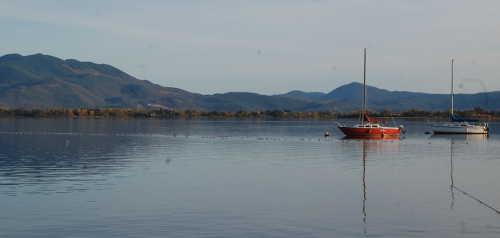
“Carolyn is working on getting our scientific advisory together,” he said. “It will be five people from outside the county picking each other’s brains.”
Before much can happen, however, the lake needs to be cleaned up, which is one of CLERC's goals. The group collaborated with the county of Lake for a special Saturday lakeshore cleanup.
But the larger cleanup process, Evans cautioned, comes with its own set of issues.
“Anytime you want to clean up the lake you have to do it in a way that’s profitable for somebody,” he said, “because that’s the way our system works.”
Presently, CLERC is a state 501(c)3 state nonprofit corporation.
“By the end of the year we hope to be a federal 501(c)3. The federal application is about 25 pages and it takes a lot of data,” Evans said. “The federal government requires you to tell them what you are planning in terms of your business and also what’s your budget.”
So what is the CLERC budget?
“Right now we’re developing our business plan that we appropriated about July 1,” said Evans. “There are specific things that we would like to do, so it’s kind of up in the air right now.”
Ruttan added, “We have a number of ways that a nonprofit can get money rather than through our local government. One is by contributions, one is by membership, one is grant funding and one is through foundations.”
CLERC envisions the facility as a source of new employment.
“I have a list of people who are fundamentally passionate about helping Clear Lake,” Ruttan said. “There are hundreds of people who love this lake. They’re wanting to do something positive. A huge amount of them are wonderful, thoughtful caring people, but they need a direction.”
Evans sees the new facility as an opportunity for renewal.
“We’ll see what makes the numbers work,” he said. “We could create a research lab that would have 100 scientists coming to work there. The coffee shop up the street is going to be better, the restaurant’s going to be better and the housing market’s going to be better.
“Historically, people come up to the lake to go (water) skiing or fishing,” Evans added. “We want them to come and see stuff that tells them how much better their future is going to be.”
For more information about CLERC, visit http://www.clerc.co/ .
Email John Lindblom at This email address is being protected from spambots. You need JavaScript enabled to view it. .
